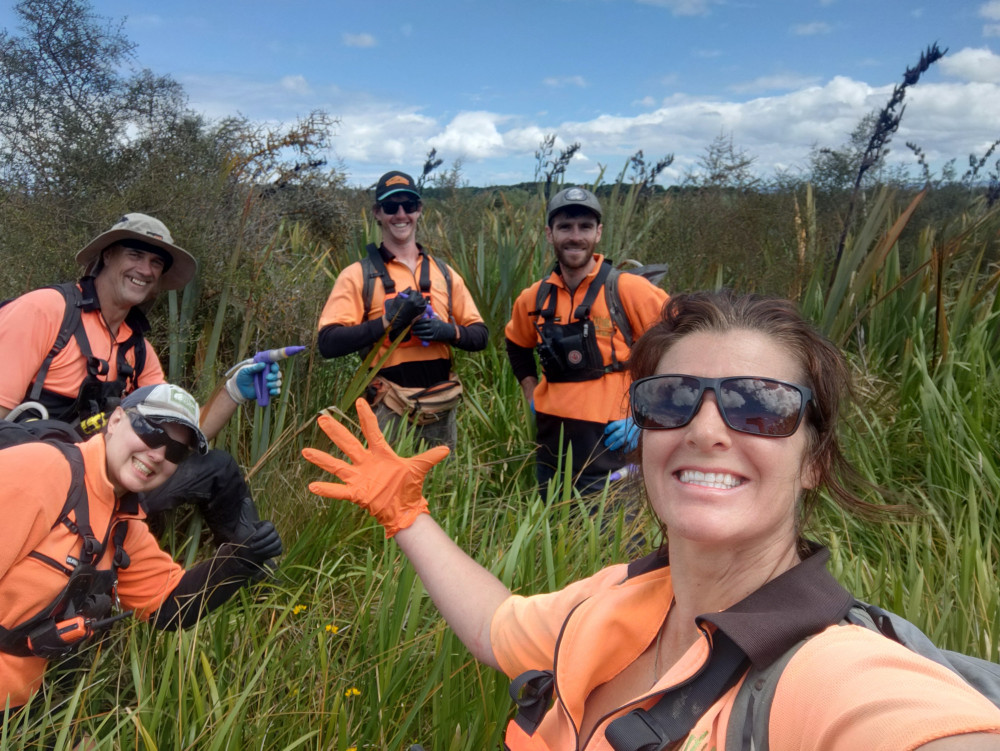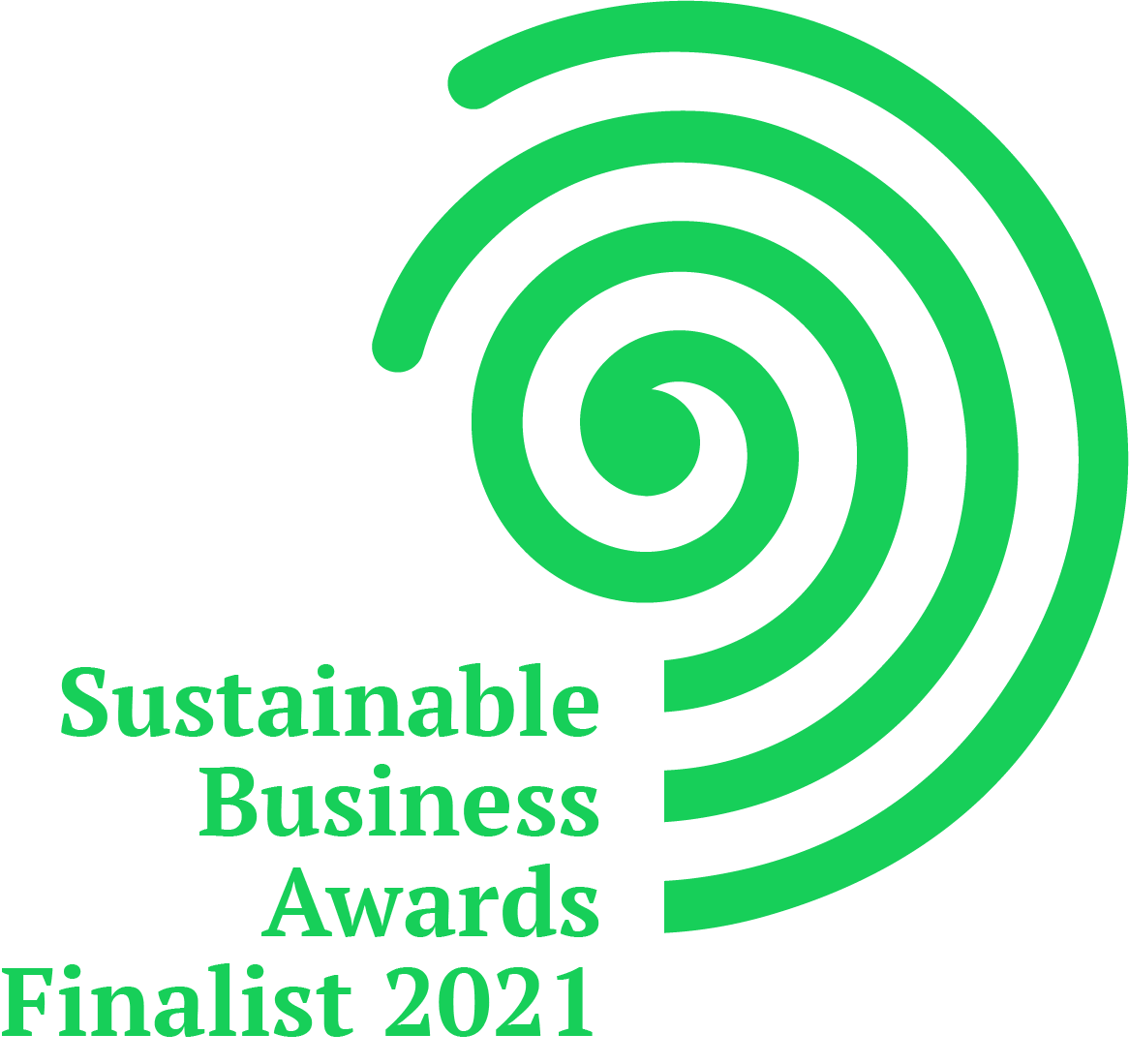Te Nohoaka o Tukiauau / Sinclair Wetlands - Restorations

Te Nohoaka o Tukiauau Sinclair Wetlands

More than 90% of native New Zealand wetlands have been drained and converted to farmland and residential use, this has degraded the quality of our fresh water, increased the effects of flooding, caused biodiversity losses, and Māori have lost access to culturally important food gathering and ancestral land.
Te Nohoaka o Tukiauau Sinclair Wetlands is known as the largest and most important privately owned wetland in Aotearoa. Owned by Te Rūnanga o Ngāi Tahu, this wahi taonga (culturally significant site) is a 315-hectare wetland within the Waihola-Waipori wetland complex. The number one priority for restoration of this site was to accelerate the health and wellbeing of the ecosystem to re enable mahinga kai practices (harvest of traditional food and resources) for hapu and iwi. The site is protected under a QEII covenant and our team has been pivotal in the restoration between 2013 - 2023. Habitat Restorations Aotearoa carried out restoration plantings, weed and pest control, volunteer and education programmes, funding applications and project delivery.
Revegetation plantings
At Tenohoaka o Tukiauau Sinclair Wetlands an average of 5,000 plants were planted each year. Planted by our staff, local schools and volunteer groups we hosted through voluntourism and education programmes. We raised one third of these plants by eco sourcing and propagating seeds at the on-site native plant nursery. The other two thirds of native plants were sourced from local Dunedin Nurseries (Ribbonwood Nurseries) and through a partnership with the Otago Corrections Facility. We also weaved kono (plant pots/baskets) out of harakeke (flax) for planting into degraded areas of the wetland.
Weed Control
-
Willow
Throughout the summer/dry months during times we ventured into the naturally regenerating parts of the wetland to control crack and grey willow using combinations of hand pulling, cut n paste, basal bark and drill and fill methods. These hands on methods reduced the amount of chemical applied to the mahika kai site and prevented ‘over spraying’ which can occur from boom or aerial control. Manual weed control ensures native species aren’t damaged and it also provides a first-hand appreciation for the health of the wetlands and ability to observe natural succession, wildlife, new threats and the success of control. -
Glyceria
Is a noxious weed species that can choke and clog waterways. Glyceria at this site was traditionally controlled by rigorous chemical regimes. Through observations and field trials we devised ways of establishing native plant populations within thickets of glyceria in order to ‘shade it out’. This has greatly reduced chemical consumption and accelerated forward momentum and regeneration of the wetland.
Mammalian Control
(Mice, Rats, Weasels, Stoats, Ferrets, Possums, Feral cats and Hedgehogs)
- We set up extensive networks of humane kill traps and live capture cages to control pests at Te Nohoaka o Tukiauau Sinclair Wetlands. We helped fundraise, install monitore and record data on a network which started with 7 traps in 2013 to over 250 in 2023. These included the DOC series (DOC150, DOC200, and DOC250, Victor traps, cat trip traps and Goodnature A24 and A12, trapinator and timms possum traps, Steve Allen and NZ Auto Traps AT220's.
- Predator control was a collaborative effort between Habitat Restorations Aotearoa and Predator Free NZ, leading to the creation of two predator free apprentices and putting further pressure on the populations of introduced predators.
Teaching, engaging and inspiring the next generation
We delivered community outreach, volunteer and education sessions at the wetlands. Content was catered to the wide variety of different groups who attended. We also received many requests to give presentations and speak to community groups. Our staff enjoyed sharing their passion and knowledge in conservation and these programmes became very popular with over 600 school children attending each year.

